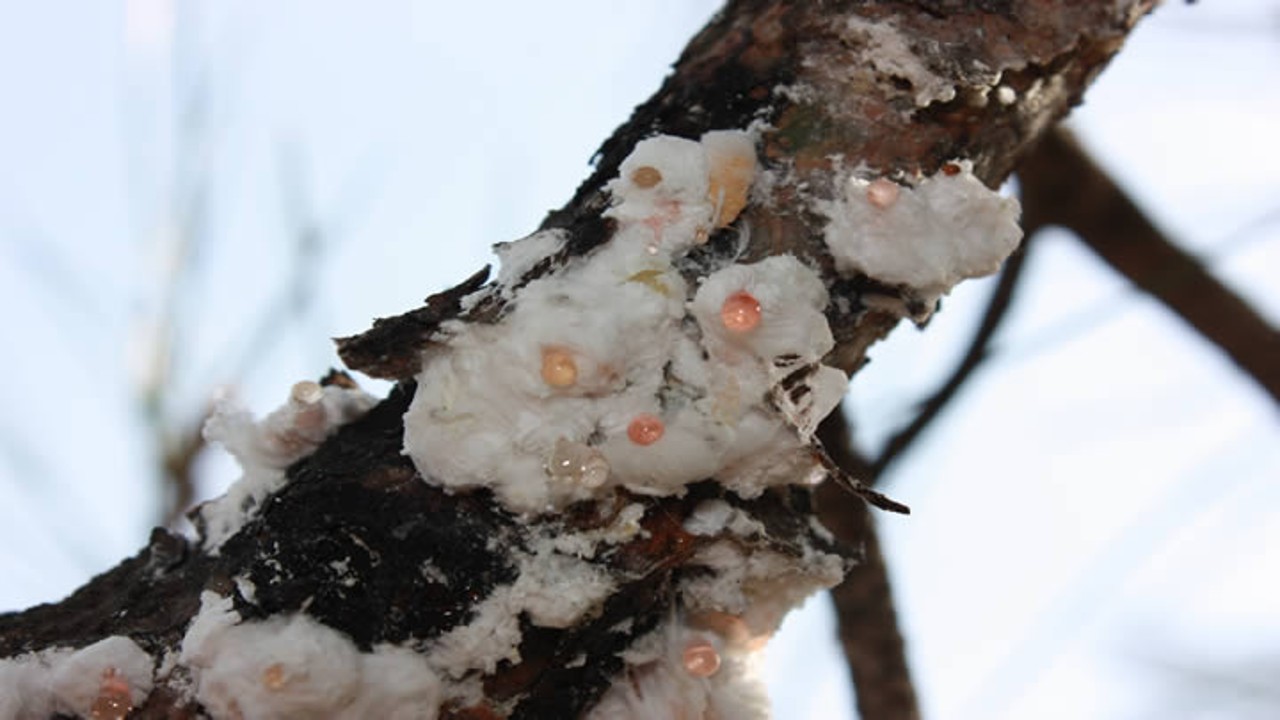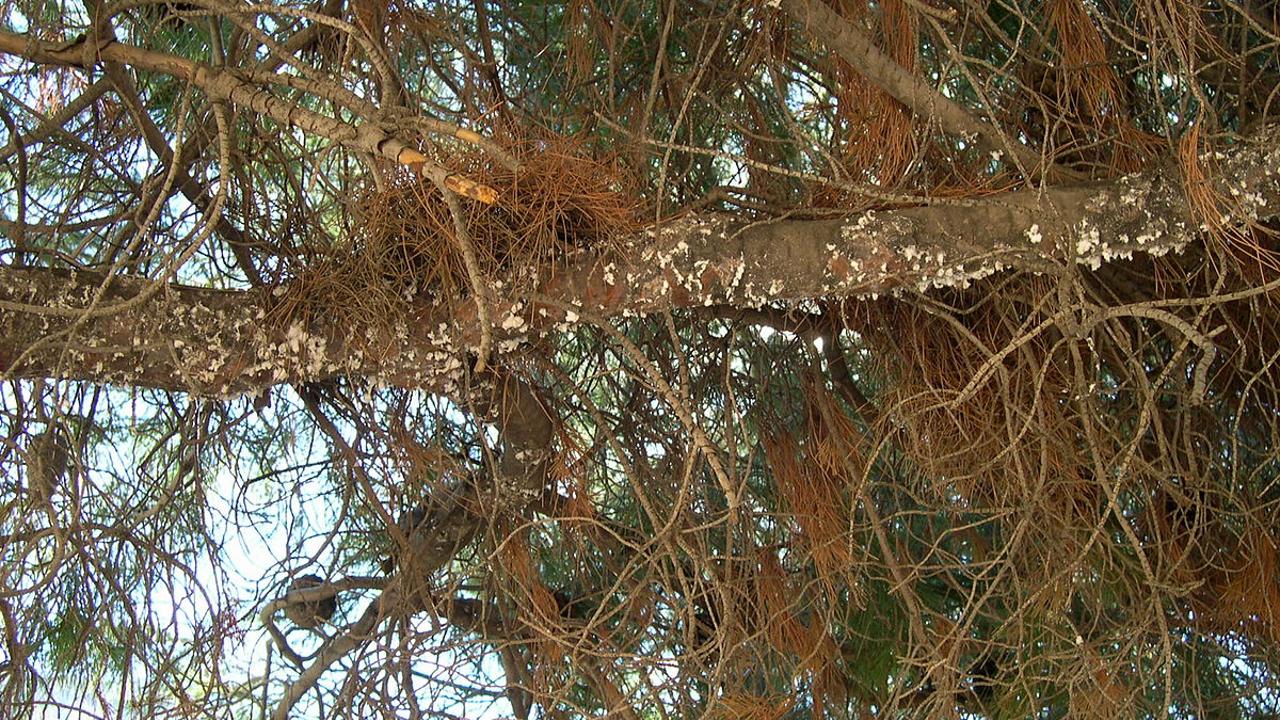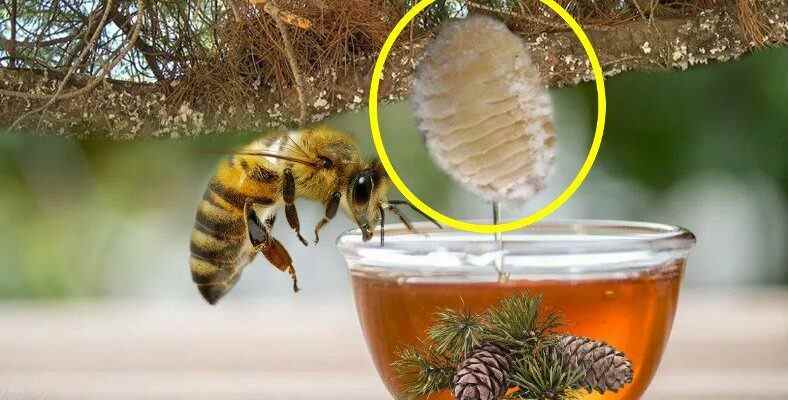Have you ever thought about the taste of pine honey that comes to our tables and fascinates us with its taste? Have you ever wondered how bees produce honey from a pine tree that doesn’t even have flowers? Let’s take a closer look at this interesting honey making.
We know more or less how bees produce honey. Bees, one of the most special creatures on earth, take the essence from the flowers of trees and plants and turn it into honey. These honeys, which are produced naturally by bees, are extremely valuable. What if bees take sap from flowers and produce honey? How is honey produced from the pine tree, which has no flowers on it?
Thin and long leavesAm trees do not have flowers on them. From this point of view, you may wonder how bees get sap from these trees. Although its name is pine honey and it really consists of an essence found in pines, the issue is not just about the pine tree. Let’s talk about how pine honey is produced.
How is pine honey produced?
Pine honey is an extremely rare honey. Because it can only be produced in a limited way in Turkey and Greece. This honey is not produced from the pollen of a flower or the fruit of a tree. Instead, honey is obtained by collecting the excrement of an insect living on the trunk of a red pine tree in the Mediterranean climate by bees.
This insect species, which is called pine cotton beetle or pine cotton beetle because of its millimeter sizes, is among the people. It is known as the bass beetle. Thousands of Persian beetles form in groups. It lives in red pine, larch or Aleppo pine. These millimeter-sized insects feed by sucking the sap of the pine. The increased amount of sap they take is they defecate as a sweet raw material. These excrements, which are secreted especially between July and October, are loved by bees.
The excrement left by the insect on the pine trees is collected by the bees with pleasure, taken to the hives and turned into honey by vomiting. To summarize The sugary excrement of the insect is collected and vomited by the bees and turned into honey.
How does the process work?

Yes, we talked about the subject, but it is necessary to go into a little more detail. Persian beetles, red pine trees lay eggs and hatchlings in soil level zones slowly begins to climb the tree. During this climbing process, they absorb the tree’s sap and excrete the excess sap through their feces. In this process, basra beetles, which form white wads like cotton on the pine trees, form a white and colorless secretion that adheres to the pine trees in the summer months. The secretion, which is a kind of insect excrement, can hang from the tree trunk in the form of a thin thread.
After this move of the Persian beetles, the bees step in. Bees wandering in pine forests collect pine sap hanging from these trees. These secretions, which are carefully defecated by insects, are carried to the hive by the bees and carefully placed in the honeycombs by the worker bees. In this process, the bee processes the bee excrement from the pine tree with its own enzymes, extracting its juice and allowing it to mature. As a result, we come across pine honey on our tables.
RELATED NEWS
It turns out that European honey bees are actually Asian
Why are they only in Turkey and Greece?

This honey is just The reason why it is produced in Turkey and Greece is that hyphae and spores of pine species, as well as Basra beetles, are seen endemic only in these countries.. Although scientists have tried to take these insects abroad and produce them in their own country, it seems that they have not been very successful for various reasons.
Today we explained to you how pine honey is produced by bees. Pine honey, which is a type of honey unique to our country, is extremely It comes to our tables as a result of a complex ecological system. Do you want more content like this to come? Do not forget to share your thoughts with us in the comments section.
